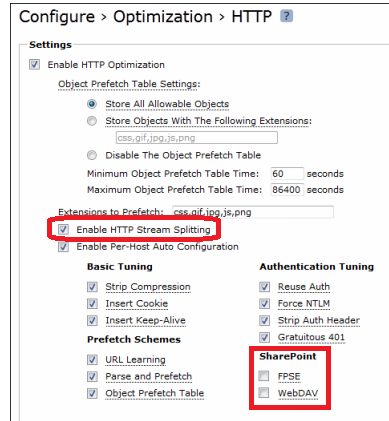Riverbed 101-01 - Riverbed Certified Solutions Associate
You want to ensure connections for a certain application are always optimized, and are forced to reconnect in the event that the SteelHead optimization service is restarted. Where can you configure this?
In a Steelhead Mobile deployment, what are Endpoint policies? (Select 2)
To run RSP which Steelhead appliance ports must to be connected to your network? (Select 2)
A service provider would like to implement multi-tenanting on a SteelCentral Controller for SteelHead (SCC) such that the customers would be able to run their own reports. Which of the following are true?
A customer has purchased 30 Steelhead appliances. Which product(s) can be used to ease the deployment of these Steelhead appliances?
The SteelHead's HTTP optimization blade supports a number of other configurable features as well. Examples include: (choose two)
All of the following are types of peering rules, except:
Looking at the figure, could we say if the connection is optimized by SH SaaS?

When configuring optimization for an SSL web application server, which additional configuration steps are required on the SteelHead from a default configuration? (Choose three).
What are the three WAN visibility modes supported in the Steelhead appliances?




